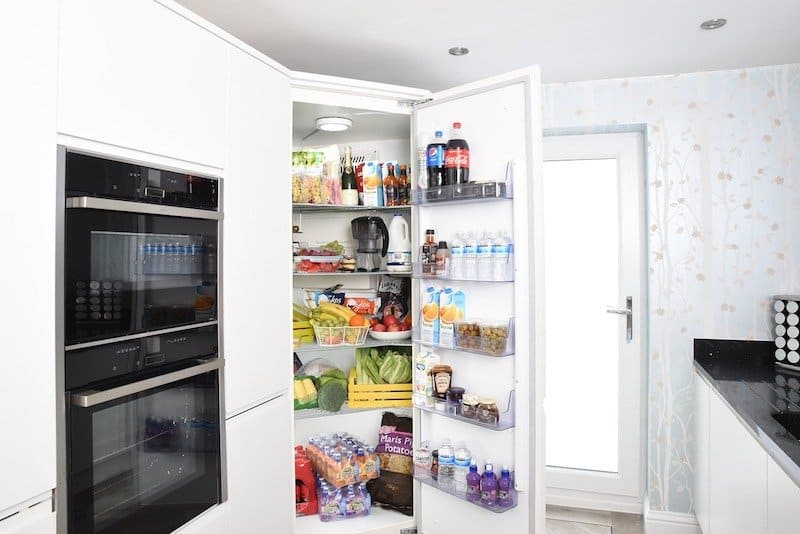How to Store Sausage Casings
Are you wondering how to store sausage casings properly, so they don’t go bad?
You’re not alone. Many sausage makers wonder the same thing, regardless of whether they’re novices or have lots of experience under their belt.
Luckily, there are a few tricks every sausage maker should know, the key tip being to make sure you store your sausage casings in the fridge (not in the freezer or at room temperature). Keep reading to learn more.
Do Sausage Casings Go Bad?
Yes, natural sausage casings can go bad, and not storing the casings at the right temperature is a common cause.
However, some types have a naturally strong smell (for example, hog casing), so be careful not to mistake it for the scent of a sausage casing gone bad. Sometimes, you only need to air and rinse them.
How Sausage Casings Should Be Stored
As you make sausages and stuff the casings, you may end up with a few extra casings after making your first round batch. Does that mean you need to throw them away? Of course not. If you store them properly, you can use them for the next batch of sausages.
But here’s where the issues start.
Did you know that an adequately stored natural casing can last up to two years? But that isn’t the case for many people because they make one of the following mistakes.
They either freeze the casings or keep them at room temperature. Neither of these options will make your sausage casing last longer, as they should be stored in the fridge. In fact, not storing them correctly can move their “best before” date much closer.
Tips for Storing Sausage Casings
If you want to make sure your sausage casings stay edible for longer, make sure you follow these expert tips.
According to butchers, natural sausage casings should always be stored in a fridge. They don’t recommend freezing the casings since they can be damaged by such low temperatures. You may not be able to eat them after they’re thawed.
On the other hand, any temperature above 50°F (up to 68°F) can reduce the casings’ longevity. Consequently, instead of being able to store them in a fridge for a year or even two, you’ll only be able to keep them for six months.
One common trick for storing sausage casings is to pack them in salt so they don’t go bad. It’ll keep them fresh for a longer period of time, and you’ll be able to use them after you wash the salt off. You can opt for wet brine (salt solution) or coarse salt to store your sausage casings. Also, you should avoid common table salt and use kosher or the non-iodized variety (to avoid any metallic taste).
Of course, the best solution is to get a vacuum-sealed package, but the salt works just fine if you can’t get airtight containers or bags. This way of storing the casings also works for collagen casing or cellulose casings. However, they can last longer, especially if they remain unopened.
In Summary
Hopefully you learned a thing or two from this article about preserving your sausage casing.
There are a few good tips to follow on how to store sausage casings properly, so you can enjoy making sausages without worrying about the casings going bad.
Basically, don’t put them in a freezer or keep them on a shelf because they might dry out or become rancid. Whether it’s hog, sheep, or beef, just make sure the casings are safely refrigerated, so you can go back to using them the next time you’re making sausages.







